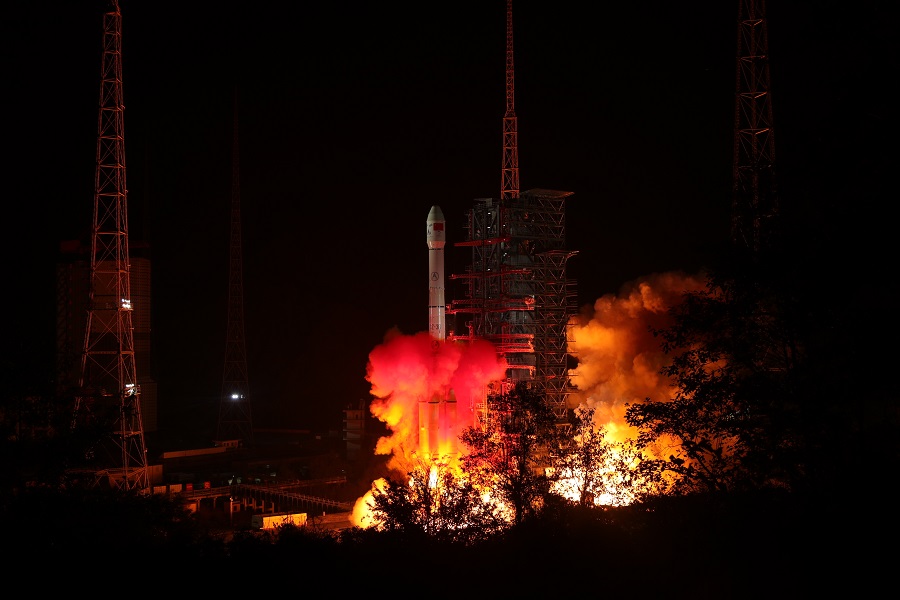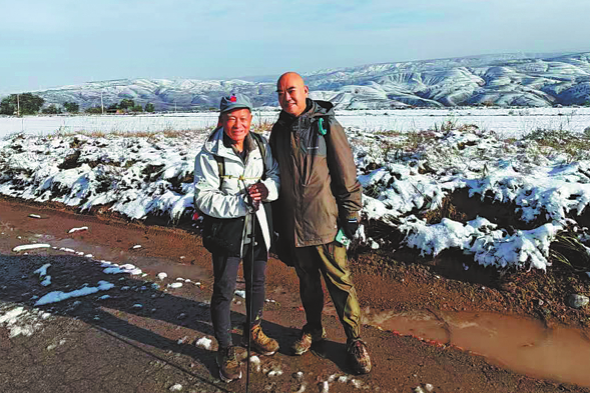Chinese module to study moon's far side


Though the far side has been extensively photographed by spacecraft, starting with a Soviet probe in 1959, no probe had ever made a soft-landing on it so scientists around the world have yet to be able to conduct close observations and surveys of it.
The program's scientific tasks are to perform low-frequency astronomical observations, to investigate landscapes, mineral compositions and geological structures of the landing site, and to conduct lunar environmental research on elements such as neutron radiation and neutral atoms, the administration explained.
The Chang'e 4 mission will enable scientists to discover what they haven't known about the moon. They also can take advantage of the far side's shield against Earth's interference to make clearer observations into deep space, scientists involved in the program noted.
Chang'e 4's rover has six wheels, two solar panels, a radar dish as well as multiple cameras, show pictures published by the China National Space Administration.
- China hails 'hard-won' COP30 Global Mutirao Decision
- China-SA science exhibition showcases innovation, cultural exchange
- China opens draft regulations on data protection to public consultation
- Veteran French physicist elected to Chinese Academy of Sciences
- Former Polish deputy PM praises China's economic rise, growing influence
- HK powers the nation's equestrian development




































